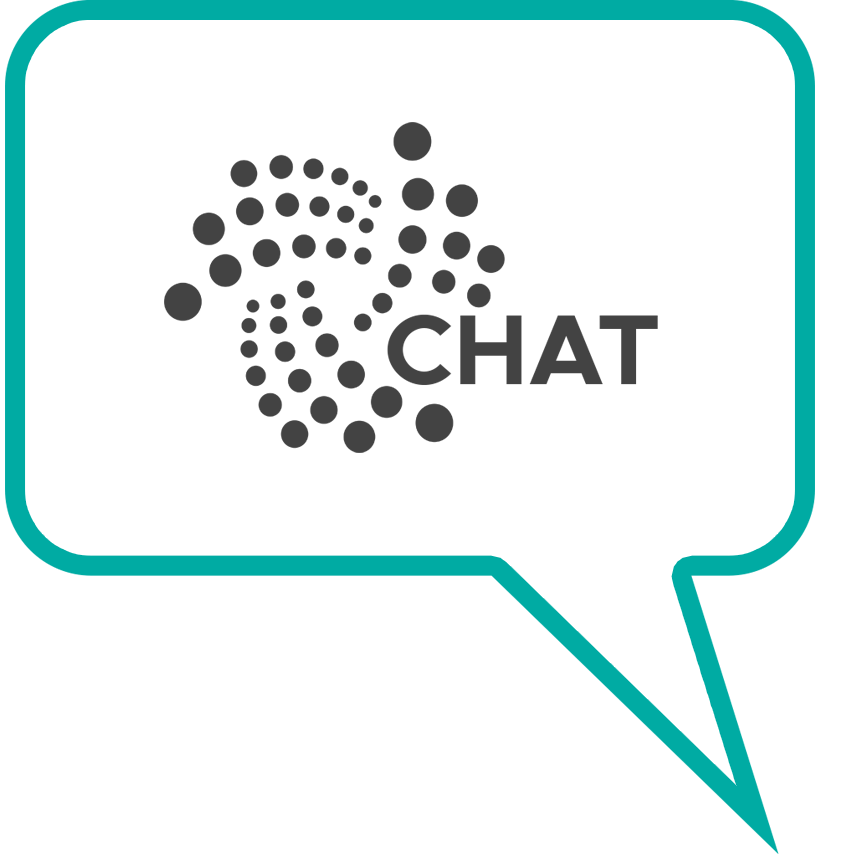
Can blockchain technology help to monitor water distribution securely
Water is an essential ingredient in our life. Almost all lifeforms need it to exist and to survive — especially humans. We need it to grow plants, to drink it, to clean things, and many more. In our day to day life, water is always available, thus we often forget how important it is. However, there are many regions in the world with no working water supply. People are forced to use contaminated water from improvised wells or rivers. Fortunately, several organizations try to support these regions and developing countries by funding water pumping stations. But, as these regions are often areas of conflict, war or post ware areas, organizations often hesitate to send people to these regions to monitor the status of the pumps. Due to this reason, organizations often have to trust local operators monitor the status manually, which is often unreliable due to several reasons. Imagine how correct these reports might be if you take corruption or regional interests of certain groups, like war lords, into account. Thus, assessing the effectiveness of the funding is almost impossible. This is where Internet of things (IoT) and IOTA technology come into the game.
How IOTA can contribute to secure water supply in developing countries
Monitoring machinery and industrial compounds is a well know domain of IoT. Using various sensors which measure certain values, do some processing and transmit them to a (central) monitoring service can be found everywhere. In most of these scenarios, the transmission, data storage and ultimately the data are part of the organization and trustworthy. Fraud and manipulation of the data afterwards is somehow neglectable. Thus, some kind of secure provisioning and security layer can be applied easily. However, this approach might not be suitable for the water pumping stations in areas of conflict. Here, regional pressure groups might have interest in manipulating the sensor data to their favor. A common example to fraud the funders is gaining power over the local people and force them to control the water flow and send manipulated data to the funders, while pretending everything is fine. Such data manipulation can be mitigated with cryptographic technology.
Imagining that we not only have one pump with some sensors attached, instead we have hundreds, maybe thousands or more leading to a large number of sensors and ultimately, a large amount of sensor data generated in a high frequency. These data have to be handled by the system. Beside the amount of data, we must consider that the pumping stations are on remote locations, with only limited internet connectivity and power supply. In addition, the computational power onsite is rather low. These aspects must be taken into account during the selection of the technology.


